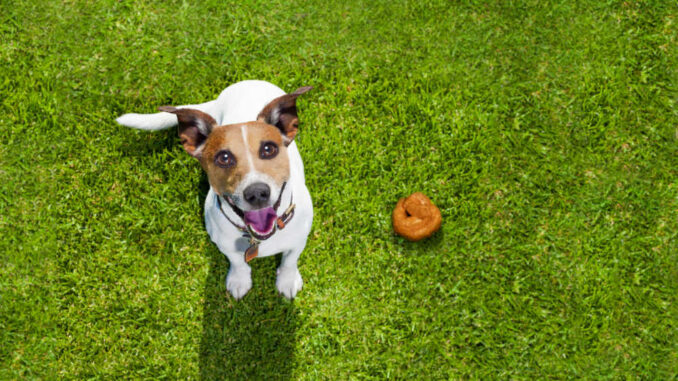
This article was updated on July 22nd, 2023
It is not unusual for dogs to come into my clinic with diarrhea and their loose stool will often be yellow or even orange. Some owners are alarmed when they see their dog’s stool is no longer a chestnut brown, and will understandably want their vet’s opinion.
Thankfully, most of the time, orange poop is nothing to worry about. However, there are also situations when orange stool is the sign of something more significant. This is especially true when the dog has accompanying signs such as lethargy, jaundice or abdominal pain, or when they have had orange stool for more than a few days. Let’s take a closer look!
Are Orange Stools an Issue in Dogs?
When you should not (yet) be concerned
Orange stool is a relatively common occurrence among our pets and is often not a concern. We usually do not need to worry about it when:
- It happens as a one off
- The stool is a normal consistency
- The dog is otherwise well and acts normally
- The diet was recently changed and contains e.g. pumpkin, sweet potato or carrot
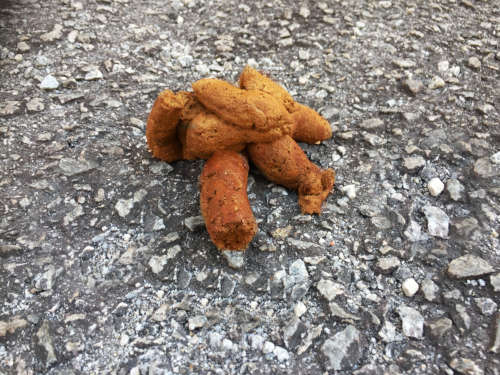
When you should be concerned
There are times when we would want to pay more attention to a dog with orange stools and to book a vet appointment for them. This would include:
- Ongoing episodes
- Orange diarrhea or loose stool that may contain fresh red blood or mucus (slime)
- The presence of other symptoms such as yellow mucous membranes, abdominal pain, nausea, vomiting or food refusal
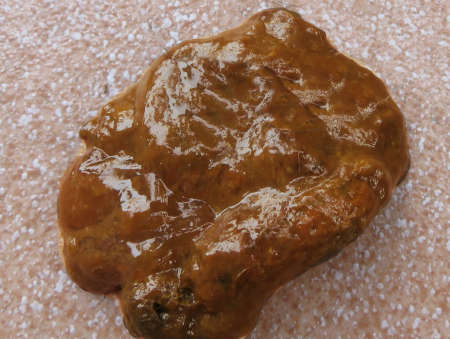
When your dog has a watery stool, the condition can quickly become life-threatening due to fluid loss. Contact your veterinarian immediately.
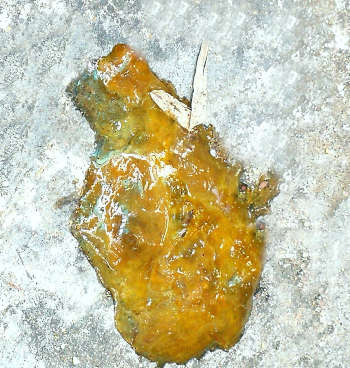
If your dog’s orange poop looks runny, read our veterinarian article about Orange Diarrhea.
Steps to take at home to help your dog
If your dog is otherwise well and has just passed one or two orange stools, I would not be overly concerned right away.
1. Assess their diet. Consider if a new treat or food is the culprit. Check your dog all over to ensure they seem well, and have no new signs such as yellow eyes, yellow gums or a bloated abdomen. It is also a good idea to look around the home for evidence of any ‘foul play’, such as a knocked over box of crayons!
2. Offer a bland diet. You can offer a bland diet of e.g. boiled chicken and rice, alongside some probiotics. This can help to settle the gut and to restore the balance of good bacteria. View our suggestions for proven bland diets for dogs.
It is also a good idea to double check your dog is up to date with a broad acting wormer such as one containing Fenbendazole.
However, if your dog is unwell or their stool is loose or bloody, a vet check should be scheduled promptly.
Most likely causes
1. Gastrointestinal upset
Dogs can experience a stomach upset and diarrhea commonly, and for most, symptoms resolve shortly with minimal intervention. As the stool moves quickly through the gut, there is not enough time for the bile to be reabsorbed, and the stool takes on an orange hue. Other signs you might notice can include vomiting, mild lethargy and flatulence (smelly farts).
We can usually manage a stomach upset from home by offering a bland diet, keeping our pet well hydrated and providing some probiotics. The prognosis is excellent, with most dogs back to normal within a few short days.
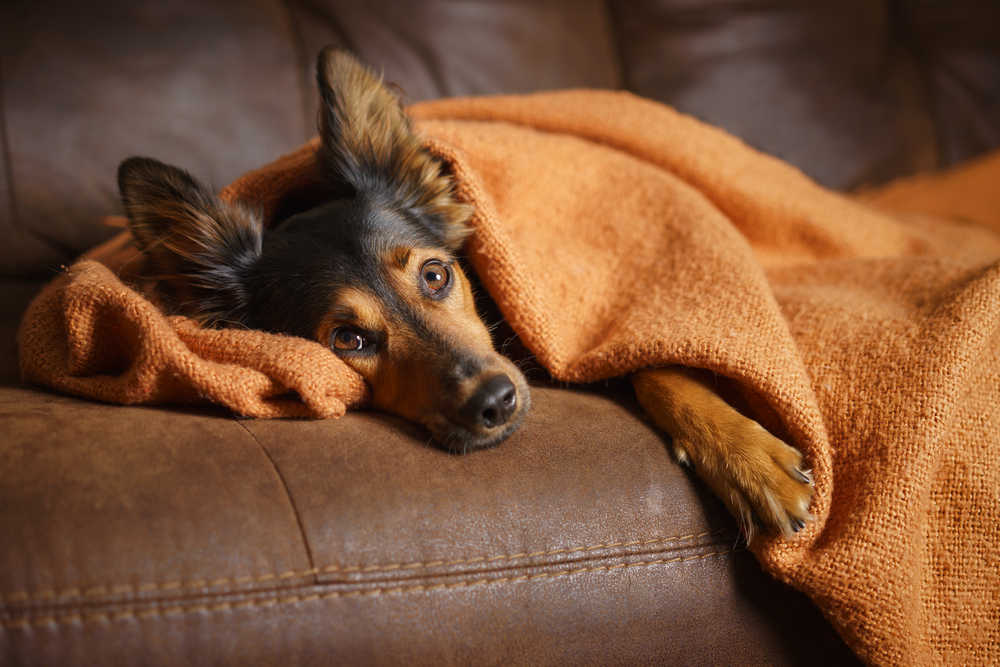
2. Eating orange foods/items
It is not surprising that if a dog chows down on a large amount of something like carrot or pumpkin, their stool may appear more orange than usual. I’ve also seen orange stool in a young Lab puppy who has eaten an orange crayon, and in a Pug who has managed to eat some children’s DIY slime!
Once the dog stops eating the offending food or item, their stool will quickly return to normal.

3. Liver or gall bladder disorders
When there is excess bile in the poop, it appears yellow or orange. This can occur when your dog has a liver or gall bladder issue. Other signs we might see would include a yellow tinge to the white of the eyes, yellow gums, abdominal pain, vomiting and lethargy.
With additional symptoms like this, an urgent vet visit is required. The vet will look into what could be going on, which may include a blood test and abdominal scan.
As these disorders can make a dog very poorly and can potentially be life threatening, we do want to ensure the dog is seen promptly.
Treatment will depend on the specific issue and will normally include a liver supportive diet and liver supplements as well as IV fluid therapy and pain relief.
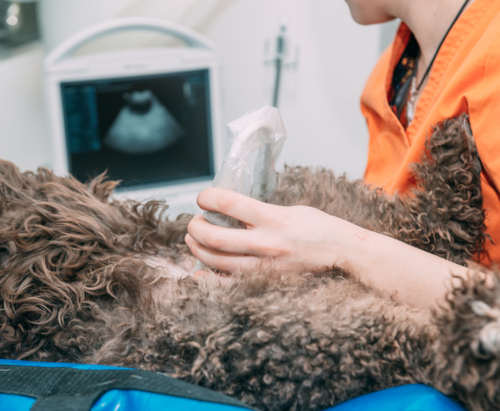
4. Pancreatitis
Pancreatitis is an inflammation of the pancreas, which causes severe abdominal pain. Other signs can include vomiting, food refusal and lethargy. As nutrients are not being absorbed as they should, the stool can look orange and greasy.
Your vet can check for pancreatitis with a specific blood test and an abdominal scan. Treatment usually consists of hospitalisation, Intravenous fluids, strong pain relief and supportive care.
Certain breeds are more prone to this condition, including Poodles and Schnauzers. As fatty foods can trigger pancreatitis, they should be avoided in dogs who have had pancreatitis in the past.
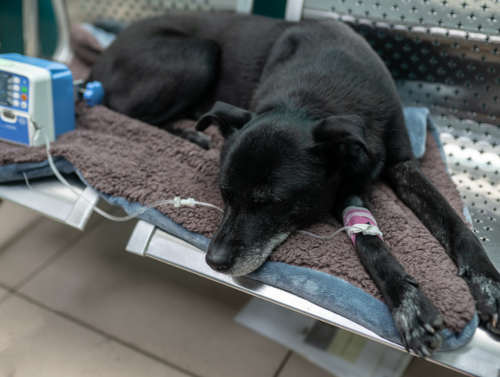
Dog poop color chart: from orange to red and yellow
You can find below a dog poop color chart with veterinarian explanation for each color. To view a complete chart, view our article: Dog Poop Color Chart: Our Vet Explains the Meaning of Colors.
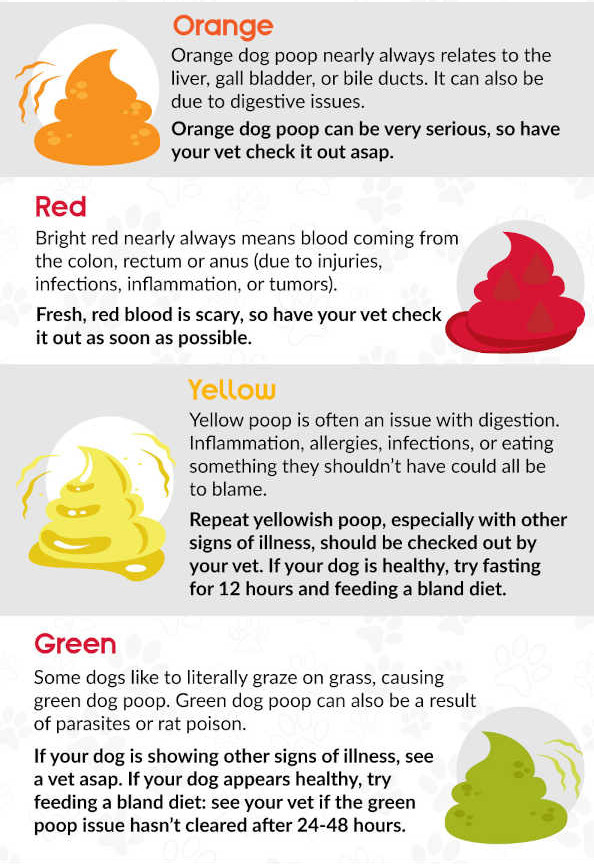
FAQ
What should I feed my dog?
The best diet option will depend on the cause of the orange stool. For most dogs, it is a good idea to offer foods that are bland and easily digestible. This can be a veterinary sensitivity diet, or something like chicken and rice. Adding probiotic supplements to the diet is a great idea.
However, in cases of hepatic disease, a liver supportive diet may be prescribed by their vet.
For those with pancreatitis, they will need a low fat diet.
Does orange stool contain blood?
The orange in the stool will be due to an increase in the bile content, rather than blood. Blood in the stool will usually be pink, red or black. Blood can become black if it has been digested, which occurs when the blood originates at the start of the digestive tract (such as a bleeding stomach ulcer).
Can orange poop be a sign that my dog is very sick?
For the vast majority of dogs who have a bout of orange poop, they are soon back to normal with little to no intervention. Orange poop is not a big red flag, but it is something worth taking note of. When we see orange poop, we should be on the lookout for any other symptoms.
Less commonly, orange poop is the sign of a more serious issue, such as liver disease or pancreatitis. Having your dog seen quickly and getting treatment started promptly, improve their prognosis.
Other posts about dog poop
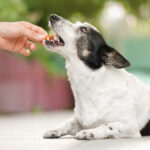 Home Remedies to Help Dog with Mucus in Stools [Vet Approved] - As pet parents, it’s important that we keep a close eye on our pet’s health. While scooping poop may be… [...]
Home Remedies to Help Dog with Mucus in Stools [Vet Approved] - As pet parents, it’s important that we keep a close eye on our pet’s health. While scooping poop may be… [...]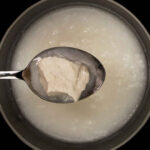 Home Remedies to Help a Dog with Black Stools [Vet Approved] - Scooping poop isn’t anybody’s favorite chore. However, the appearance of your dog’s feces can provide important information about their health… [...]
Home Remedies to Help a Dog with Black Stools [Vet Approved] - Scooping poop isn’t anybody’s favorite chore. However, the appearance of your dog’s feces can provide important information about their health… [...] Dog’s Poop is Black But Dog Acts Normal & Seems Fine - Having practiced as a vet for over 10 years now, I’ve seen my fair share of canine poop issues. One… [...]
Dog’s Poop is Black But Dog Acts Normal & Seems Fine - Having practiced as a vet for over 10 years now, I’ve seen my fair share of canine poop issues. One… [...]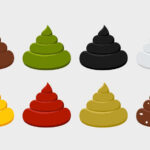 Dog Poop Color Chart: a Vet Explains the Meaning of Colors - Dog poop comes in nearly all colors on the spectrum. Some colors may be alarming, and some may be worrisome.… [...]
Dog Poop Color Chart: a Vet Explains the Meaning of Colors - Dog poop comes in nearly all colors on the spectrum. Some colors may be alarming, and some may be worrisome.… [...]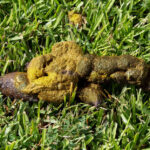 Yellow Dog Poop? Our Veterinarian Shares What to Do - Keeping an eye on your dog’s poop color and consistency can really help you spot changes in his health. One… [...]
Yellow Dog Poop? Our Veterinarian Shares What to Do - Keeping an eye on your dog’s poop color and consistency can really help you spot changes in his health. One… [...]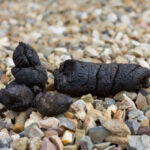 Black Dog Poop? Our Veterinarian Shares What You Should Do - We’re all aware that the normal color of dog poop is brown. It may come in different shades, and some… [...]
Black Dog Poop? Our Veterinarian Shares What You Should Do - We’re all aware that the normal color of dog poop is brown. It may come in different shades, and some… [...] White Dog Poop: Why It Happens and What to Do - Veterinarians see a lot of different colored dog poop, but one color that might surprise dog owners is white. It… [...]
White Dog Poop: Why It Happens and What to Do - Veterinarians see a lot of different colored dog poop, but one color that might surprise dog owners is white. It… [...]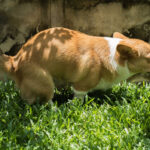 Green Dog Poop: A Vet Shares When to Worry [with Pictures] - Before becoming a veterinarian, my life was not so focused on poop. Now that I’m in practice, I am constantly… [...]
Green Dog Poop: A Vet Shares When to Worry [with Pictures] - Before becoming a veterinarian, my life was not so focused on poop. Now that I’m in practice, I am constantly… [...] Dogs Not Pooping for 3 Days Need Veterinary Care - As a practicing veterinarian, I encounter dogs with constipation issues at least once a week. There are many different factors… [...]
Dogs Not Pooping for 3 Days Need Veterinary Care - As a practicing veterinarian, I encounter dogs with constipation issues at least once a week. There are many different factors… [...] Blood in Dog’s Poop: A Vet Shares What to Do [with Pictures] - You probably don’t pay a lot of attention to your dog’s poop, until the day you notice some blood in… [...]
Blood in Dog’s Poop: A Vet Shares What to Do [with Pictures] - You probably don’t pay a lot of attention to your dog’s poop, until the day you notice some blood in… [...]Disclaimer: This website's content is not a substitute for veterinary care. Always consult with your veterinarian for healthcare decisions. Read More.



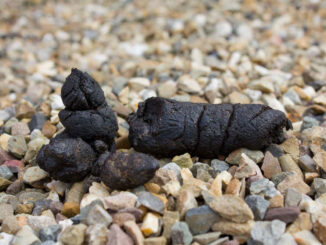
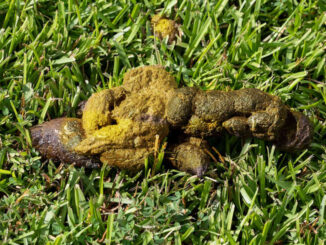
Be the first to comment